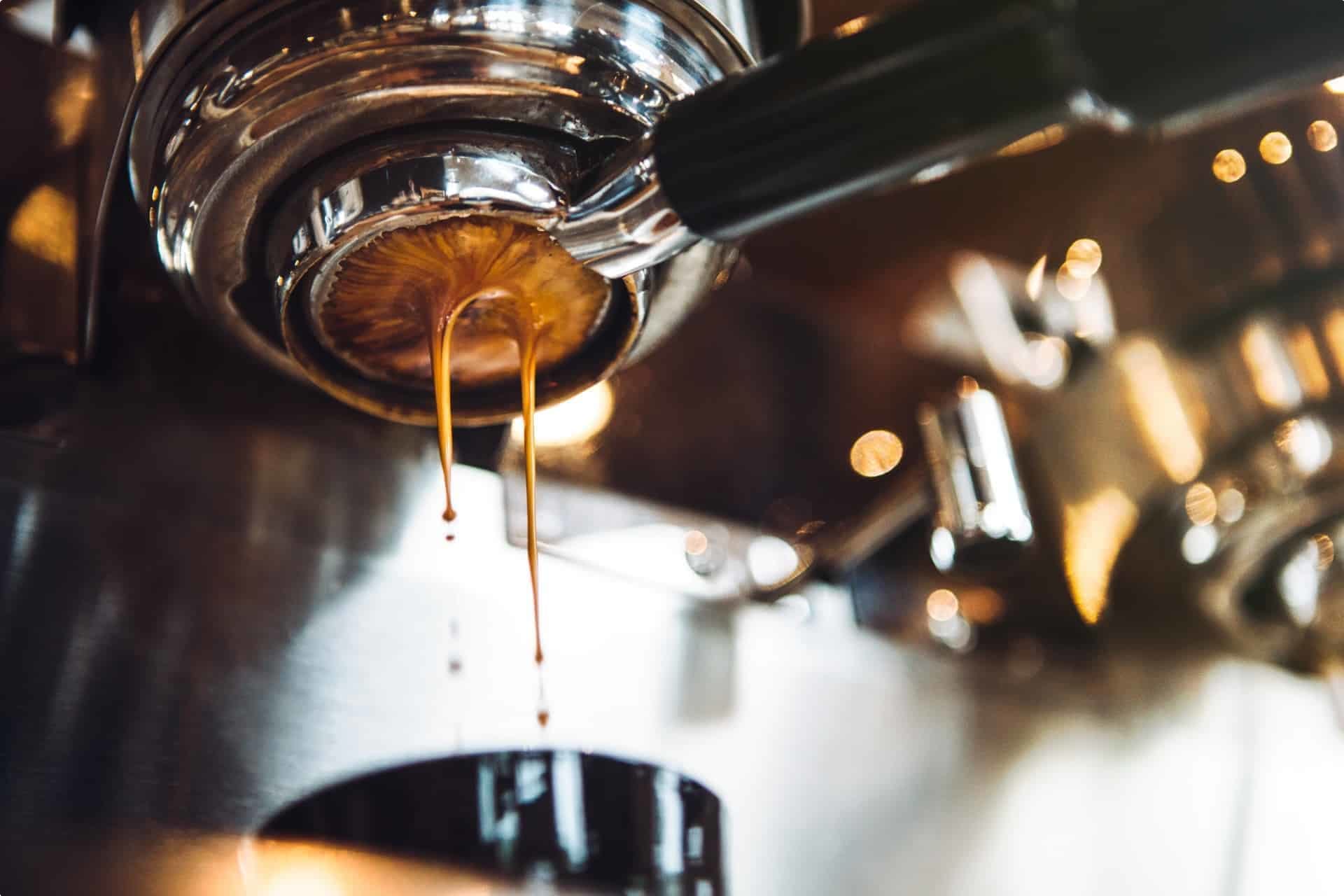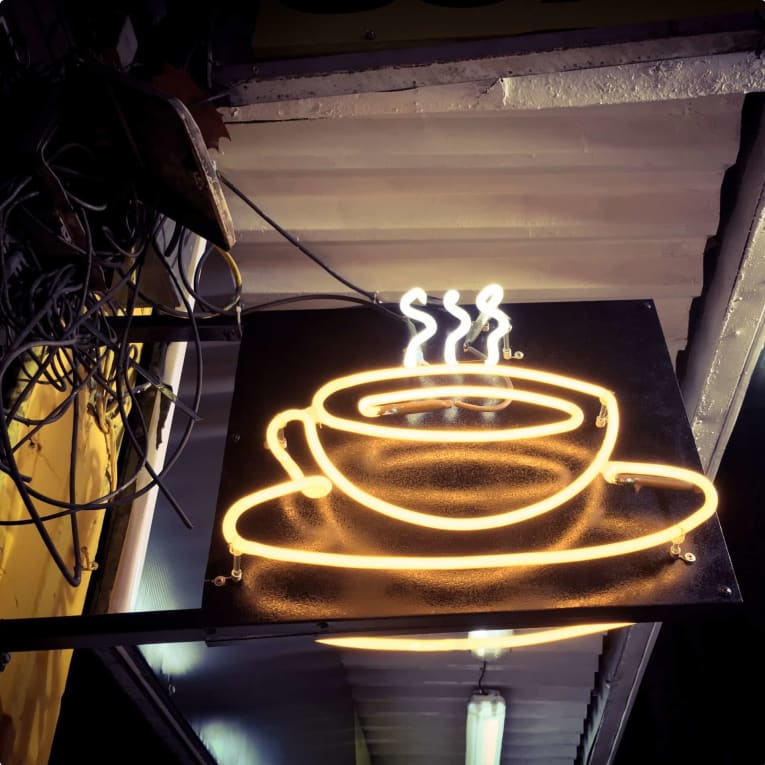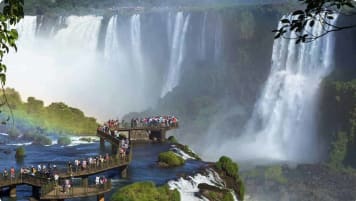Around the World in Six Coffees: Italy, France, Japan, China, Morocco & Argentina
Around the World in Six Coffees: Italy, France, Japan, China, Morocco & Argentina Order a cappuccino in Italy after 11am and expect to receive strange looks. In Argentina, don’t be surprised when your coffee order…
8 Dec 19 · 16 mins read
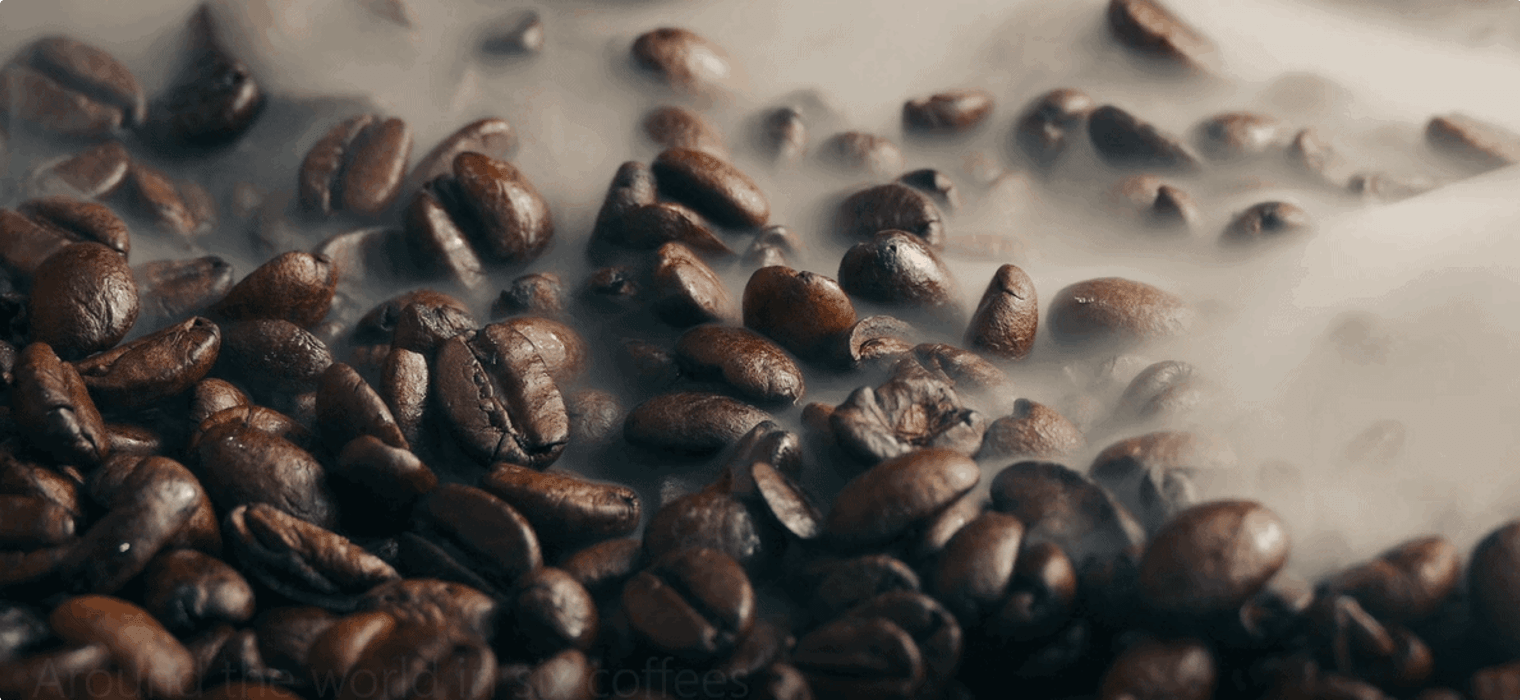
Around the World in Six Coffees: Italy, France, Japan, China, Morocco & Argentina
Order a cappuccino in Italy after 11am and expect to receive strange looks. In Argentina, don’t be surprised when your coffee order is accompanied by two cookies and a glass of seltzer. And be warned: 2-3 spoons of sugar may be added to your quhwa normale in Morocco. There are few better ways to immerse yourself in a new culture than through exploring its food and drink customs.
Odyssey Traveller understands that senior travellers approach the world with openness and an inquisitive mind. The best travel experiences happen when you get lost in a new culture and get to witness those little details of everyday life. This article takers us to Italy, France, Japan, China, Morocco and Argentina so we can explore the world of coffee and see the different ways this drink is transformed in different cultures.
Read on for tips on how to order like a local as well as a brief history of coffee and how it came to be one of the most consumed beverages in the world.
This article is written as a backgrounder for our small group Europe tour packages. We have several tours that focus on the scenery, cuisine, major sights, and hidden gems of Europe, from the Amalfi Coast to the Dalmatian Coast, taking in the Colosseum in Rome, the fjords of Norway, the art galleries of France, the colours of Budapest, the breathtaking scenery of the British Isles, and the diverse cultures found in each European country. Click through to see all our European small group tour destinations.
In this post, we also explore the coffee-drinking cultures beyond Europe, looking at Japan, China, Morocco, and Argentina.
1) Italy
Un cappuccino in Italy
Considered to be the spiritual home of coffee, Italy takes its coffee-drinking seriously. Go against the unwritten rules and you may get some weird looks. Of course, most staff will be generous to tourists and appreciate your interest in coffee even if you get the details wrong, but remembering these rules gives you the chance to blend in like a local.
- A cappuccino is considered a breakfast beverage. If you order one after 11am, you will still be served but will reveal yourself to be a foreigner! Italians drink milky coffee in the morning only and usually accompanied by a flaky pastry.
- Also acceptable in the morning is a caffé latte – with more milk and less foam, or latte macchiato – steamed milk ‘stained’ with a splash of coffee.
- Order a ‘latte’ and you will be served a glass of milk, which is the literal translation of the word. Don’t forget to add the ‘caffé‘ prefix if you’re after a caffeine hit!
- Most coffee orders are made by uttering a single word: ‘caffé‘. The ordering process is short and sweet, reflective of the impressive efficiency with which baristas serve thousands of thirsty Italians each day.
- The word espresso isn’t used much in Italy. This is because it is a technical term, referring to the technique and product of the extraction process
- You will rarely find a coffee bar that offers different size cups so don’t try an order an extra large latte. The standard cappuccino cup is around 180ml.
- Similarly, forget the caramel or vanilla syrups. You will even be hard pressed to find low-fat milks on offer in Italy
- Italians roast their coffee longer to achieve a strong, bittersweet flavour. This is quite ubiquitous, so don’t expect to find the diverse ‘flavour notes’ and origins offered by cafes in Australia or New Zealand.
- Coffee is often served with a glass of water to cleanse the palate
- Coffee is designed to be drunk often. It is quite acceptable in Italy to consume 7 to 8 cups per day.
- Takeaway coffee cups are virtually non-existent: this is not the way coffee is consumed in Italy. Order your coffee and then gulp it down while standing against the bar, ‘al banco’. Coffee is a social experience in Italy but an impressively efficient one. Drink, pay and be on your way.
- Because of this, coffee is served warm, not hot. The perfect temperature to drink quickly before moving off to your next destination. (If you do prefer it scalding, ask for caffé bollente)

A quick guide to ordering coffee in Italy
Caffé macchiato: the inverse of the latte macchiato, here, a coffee is “stained” with a drop of milk. Fortunately, this is acceptable after breakfast!
Caffé corretto: a coffee ‘corrected’ with a shot of alcohol such as grappa or sambuca
Ristretto: a short espresso made with less water but equal coffee, making it a very strong drink!
Caffé alla nocciola: a regional exception to the ‘no flavourings’ rule: in Naples, order this for a shot of espresso with hazelnut cream
Marochino: another regional exception, this is like an upside-down cappuccino with cocoa powder first, frothed milk and then a shot of espresso poured over the top
Bicerin: a 200-year-old Piedmont-region speciality of espresso, hot chocolate and milk served in a glass
Americano: this is the Italian version of American style coffee: espresso diluted with plenty of hot water
Caffé lungo: translates to ‘long coffee’, an espresso with hot water but stronger than an Americano
2) France
Un café in France
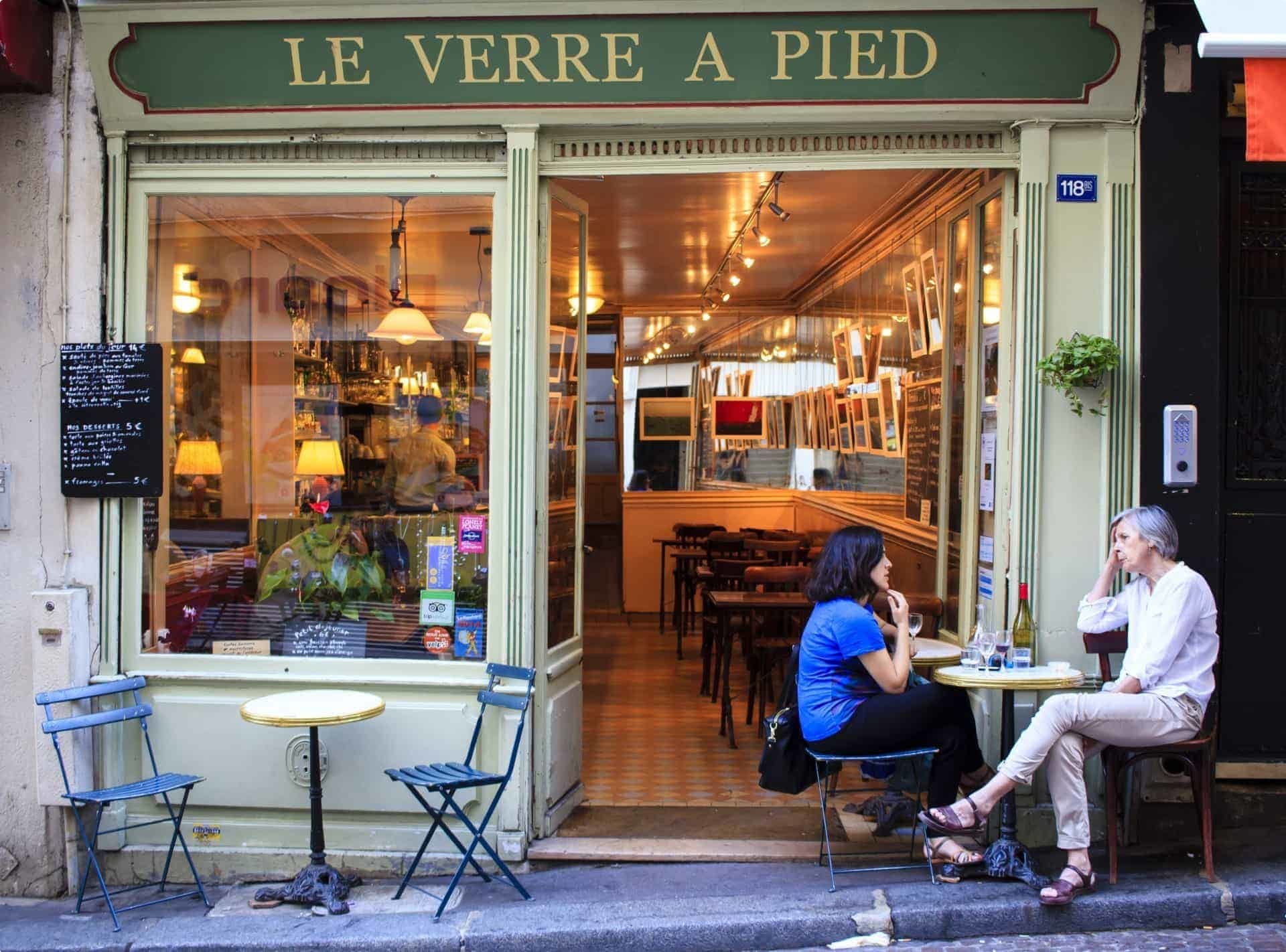
France’s reputation as a world-class culinary destination sets a high bar for its coffee culture. Unfortunately, the coffee scene is not necessarily on par with the rest of food and drink offered in France. Most visitors complain of weak, bitter and burnt coffee. In part, this is because France boasts a café, rather than a coffee, culture. The coffee is often an excuse to settle in for a session of people-watching from the terraces: a favourite French pastime frequently enjoyed with a cigarette. Here are some guidelines that may come in handy.
- As in Italy, forget the half-strength soy vanilla lattes. Few cafés offer more than the basics
- Also like Italy, milky coffee is the preserve of mornings. This kind of drink is usually enjoyed at home, first thing in the morning, and from a bowl – with the previous day’s baguette dunked in (try it!)
- If you are dining out in the early morning a milky coffee is acceptable and can be accompanied by a classic Parisian breakfast of orange juice, tartin (thin, toasted baguette) and croissants
- You can enjoy your coffee seated at a terrace or table, but this pleasure attracts a premium. To spare cost, enjoy it standing at the counter, which saves up to half the price
- If you wish to enjoy your coffee along one of France’s romantic terraces, be mindful between the hours of 12pm and 2pm. This time is devoted to the lunch crowd. If you see a table set for dining, don’t take it just for a coffee – the staff will not be impressed
- Don’t pay more than its worth! Coffee in France may not be the best and you should not be paying a fortune for it. Generally speaking, you should not pay more than a few euros
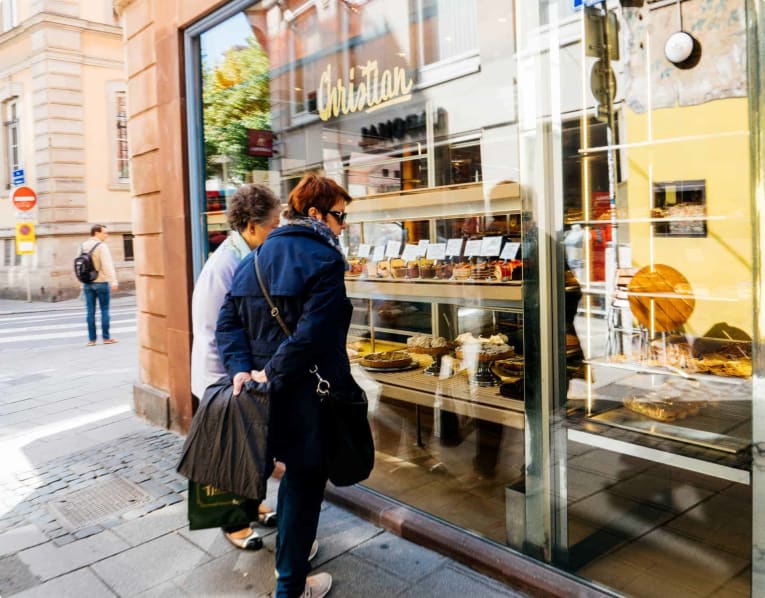
How to order coffee in France
Un café: this is the standard order and refers to an espresso without milk
Un café serre: a very strong espresso made with the half the amount of water (equivalent to an Italian ristretto)
Un noisette: this is an espresso with a splash of steamed milk – like a macchiato in Italy
Un café allonge: translates to a long coffee or espresso diluted with hot water (the closest you will find to a long black or filter coffee)
Un deca: a decaffeinated coffee is actually easier to source than a coffee with specialised milk in France. Order one using this term.
Un café crème: contrary to popular belief, you do not order a milky coffee with the expression café au lait. This will oust you as a tourist; the French request un café crème. Take care though, the steamed milk ratio may far outweigh the coffee and un petite café crème may be more appropriate. It’s not a common order in France, but sometimes compromises must be made if you are craving something closer to home!
3) China
yì shì nóngsuō in China
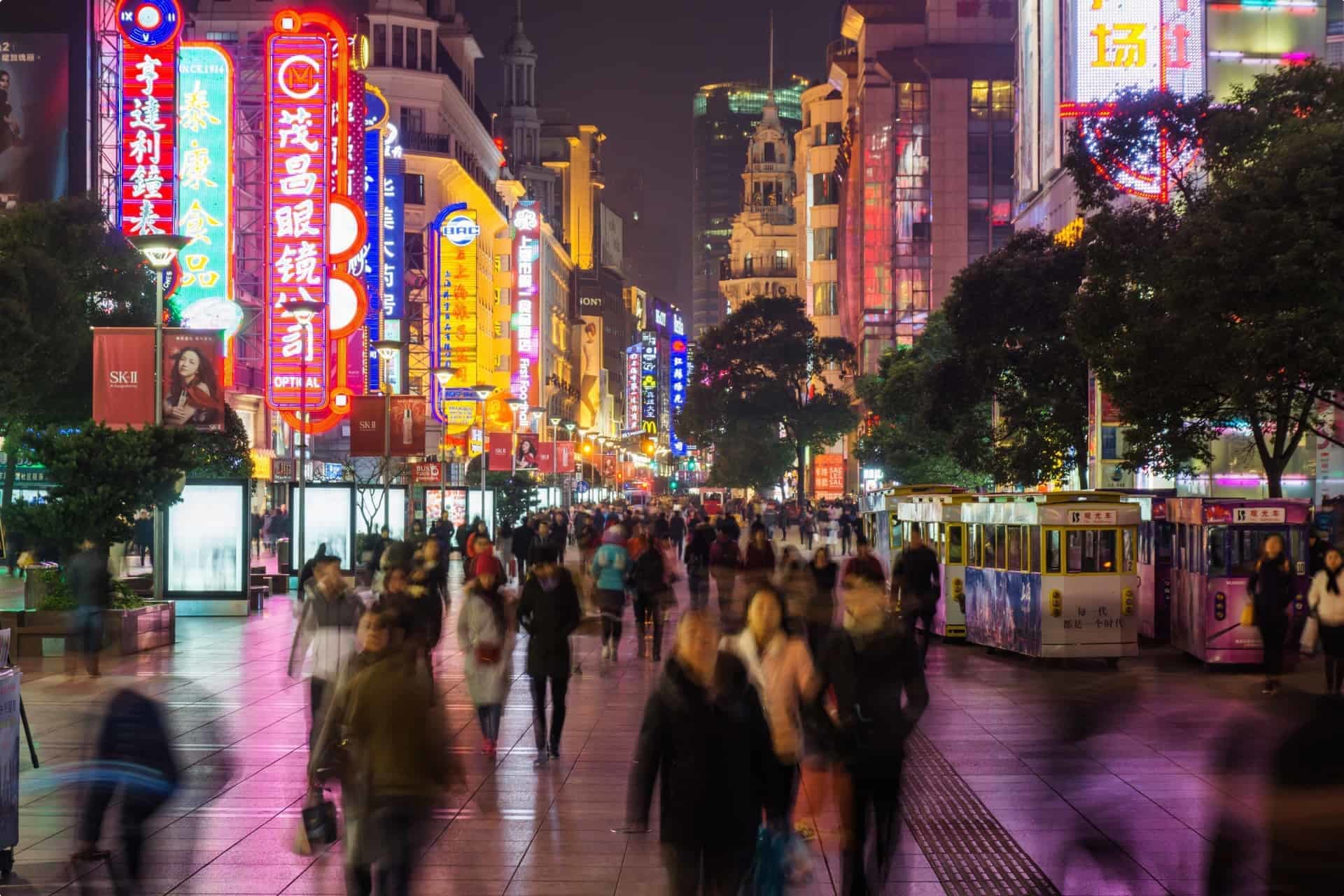
Coffee culture in China must contend with the 2000-year history of tea. China is the motherland of tea drinking and, until recently, the alternative barely registered on the scene. Now, though, the arrival of Starbucks is finally making an impact. Interestingly, the rise of coffee has been helped along by social media. Happy customers are sharing photos of their cappuccinos with their Instagram and Facebook friends and because of this, coffee has become increasingly popular with the youth.
Starbucks first arrived in Beijing in 1999. Come 2015, there were 1700 stores across 90 Chinese cities, with plans to expand to 3000 stores by 2020. Another key player is the British chain Costa. Both brands have tailored their product to the tastes of the market. This means warm, rather than scalding coffee – which is more in line with the Italian style. They also offer flavours like green tea and red bean. But Cat Hansen observes that the design and procedures of these coffee houses are little changed across the oceans. This is because they are selling an exotic ‘coffee experience’ to customers, which boasts a ‘film-like romance’.
Coffee houses are confined to big cities at this stage, and their absence in rural areas limits their potential market growth. Likewise, high costs are a factor: the average price of a coffee is equivalent to a full meal or a month’s worth of broadband internet coverage. Difficult to justify on a daily basis, so coffee is most consumed among China’s urban middle class. Nonetheless, watch this space, and expect to see gradual but exponential growth in the Chinese coffee industry.
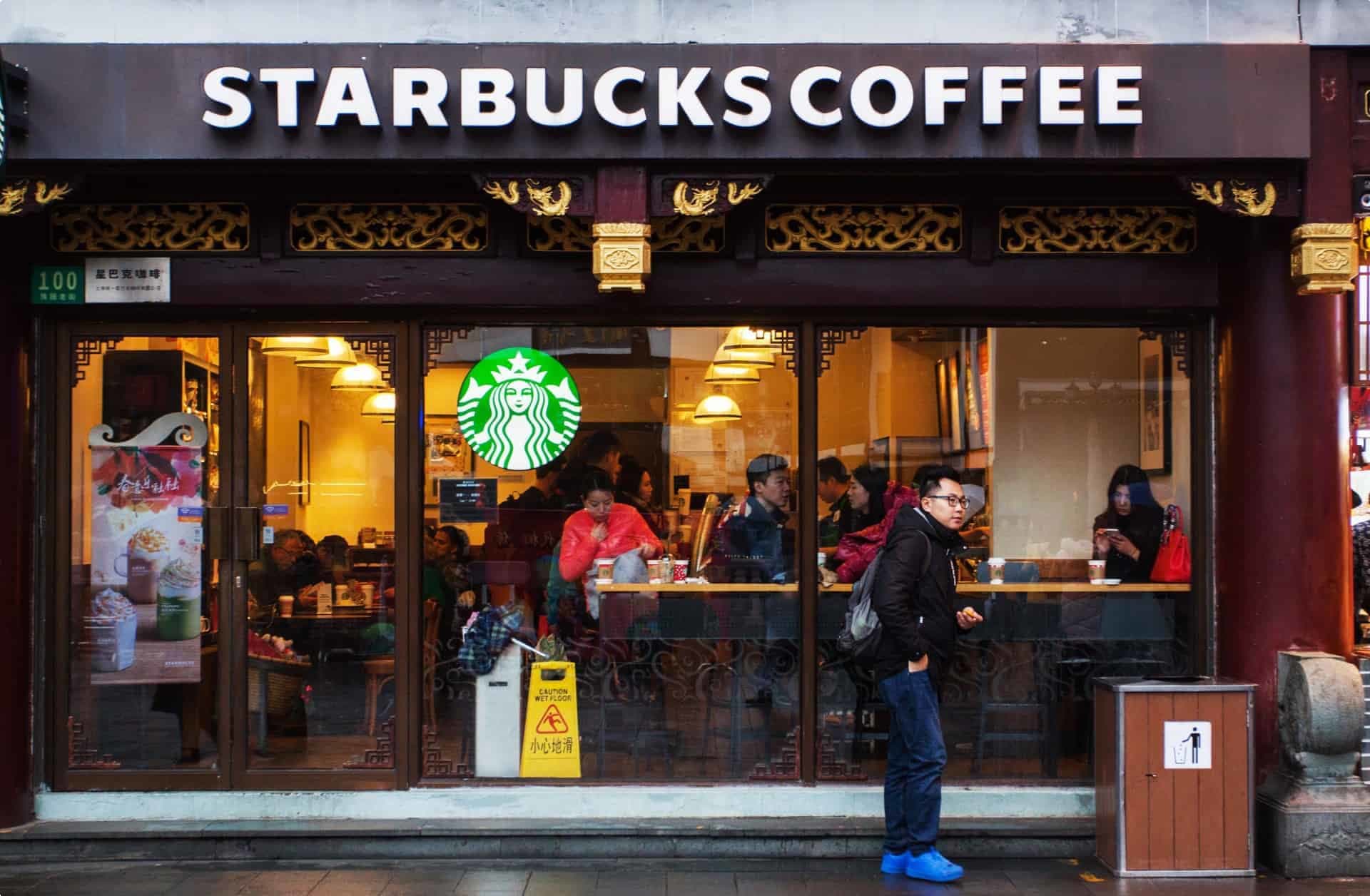
Tips for ordering your espresso in China
- Luckily for Western tourists, the menus at Chinese coffee houses offer Western-style beverages. You can order a cappuccino, mocha, espresso, latte, and even frappuccino and expect to receive something familiar.
- Different sizes, milks and flavours are offered at Chinese coffee houses, especially the big chains
- As such, the formula for ordering coffee accommodates unique preferences – far from the simple “caffé” request heard in Italy!
- This formula is roughly structured as: Greeting + I would like a + cup size + flavor + drink + with/without + add-on(s) + here/to go + thank you.
- It’s as simple as inserting your preferred order into the gaps – something you might like to memorise. This website offers a helpful guide to ordering coffee in Mandarin.
- The simplest order is probably an espresso: yì shì nóngsuō 意式浓缩. But as Wang Rong warns, the Starbucks system is designed to trip you up in its vortex of variations! A large cup may be the ‘standard’ order rather than a small, for example, and this is why the ordering formula must be so descriptive and specific
4) Morocco
qahwa normale in Morocco
Enjoying a coffee in Morocco is a very social experience, much like other countries mentioned above. But unlike the rush of the Italian coffee bar, cafes in Morocco are places of relaxation and entertainment, and the soccer will almost always be playing on the television.
Because of this environment, coffee culture in Morocco is male-dominated. You will rarely notice women sitting and enjoying coffee in public places. Rather men are typically seated in groups, receiving table service from male staff. Coffee, like Moroccan tea, is served in a tall glass. It is steaming hot and invariably very sweet. It is enjoyed very slowly, over the course of an hour or even more.
Like China, coffee in Morocco must vie for its place alongside the far more popular green tea with mint (sometimes called Maghrebi mint tea). This tea, also sweetened, is embedded in Morocco’s history, tradition and customs. It is enjoyed to soothe and relax, or even to calm and awaken, so has a versatile and important role in everyday life. Tea-drinking customs include that the person who prepared the tea is the only one who may pour it until the pot is empty and that each glass must be handed to the right. The absence of such strong traditions for coffee means it doesn’t play as significant a role in Moroccan culture. But you should still be able to locate a decent cup.
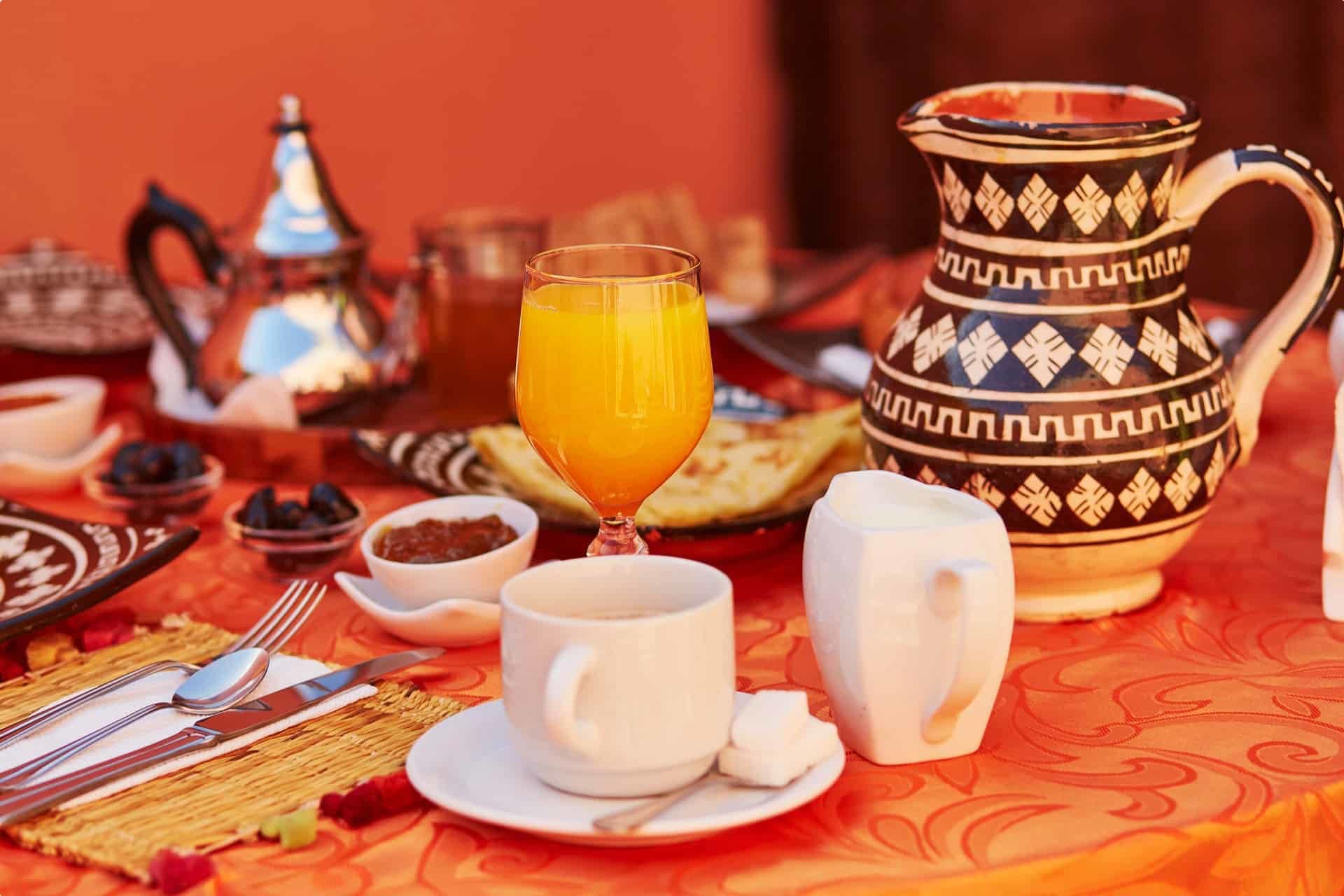
The unspoken rules of coffee in Morocco
- Unsweetened coffee (like unsweetened tea) is incomprehensible to the Moroccan palate. If you ask for it unsweetened, the staff will probably assume you were mistaken and sweeten it “lightly” with one to two teaspoons of sugar instead. You may just have to accept this!
- Straight espresso coffee is by far the most common order, called qahwa normale or qahwa noir. You can also order it with chocolate, or half milk and half coffee. The latter is called nous-nous but don’t expect to find that written on the menu. Not to worry, the staff will be impressed by your local lingo and know exactly what you mean.
- You may be tempted to order your milk on the side to add to your coffee yourself. But in Morocco, milk is its own special order, and will come hot and sweetened with almond syrup.
- Orange juice is widely available in coffee shops, and although it won’t provide respite from sweetness, is nonetheless delicious and worth trying. There is something special about Moroccan oranges.
- You might like to request a serve of lemon or mint syrup to accompany your coffee
- Starbucks has a presence in Morocco, but expect to pay double the price compared to local cafes.
- A small glass of water is often included in the price of your coffee
- Don’t forget to leave a tip
- A coffee break in Morocco may be long, with entertainment and enjoyed with friends. Moroccans have a reputation for being relaxed when it comes to time. Emily Pfoutz sums it up perfectly: ‘time is paid little attention to—what is valued is the kind of moment, whether it lasts a few minutes or several hours, that can only be found between sips of coffee’.
5) Argentina
Un cortado in Argentina
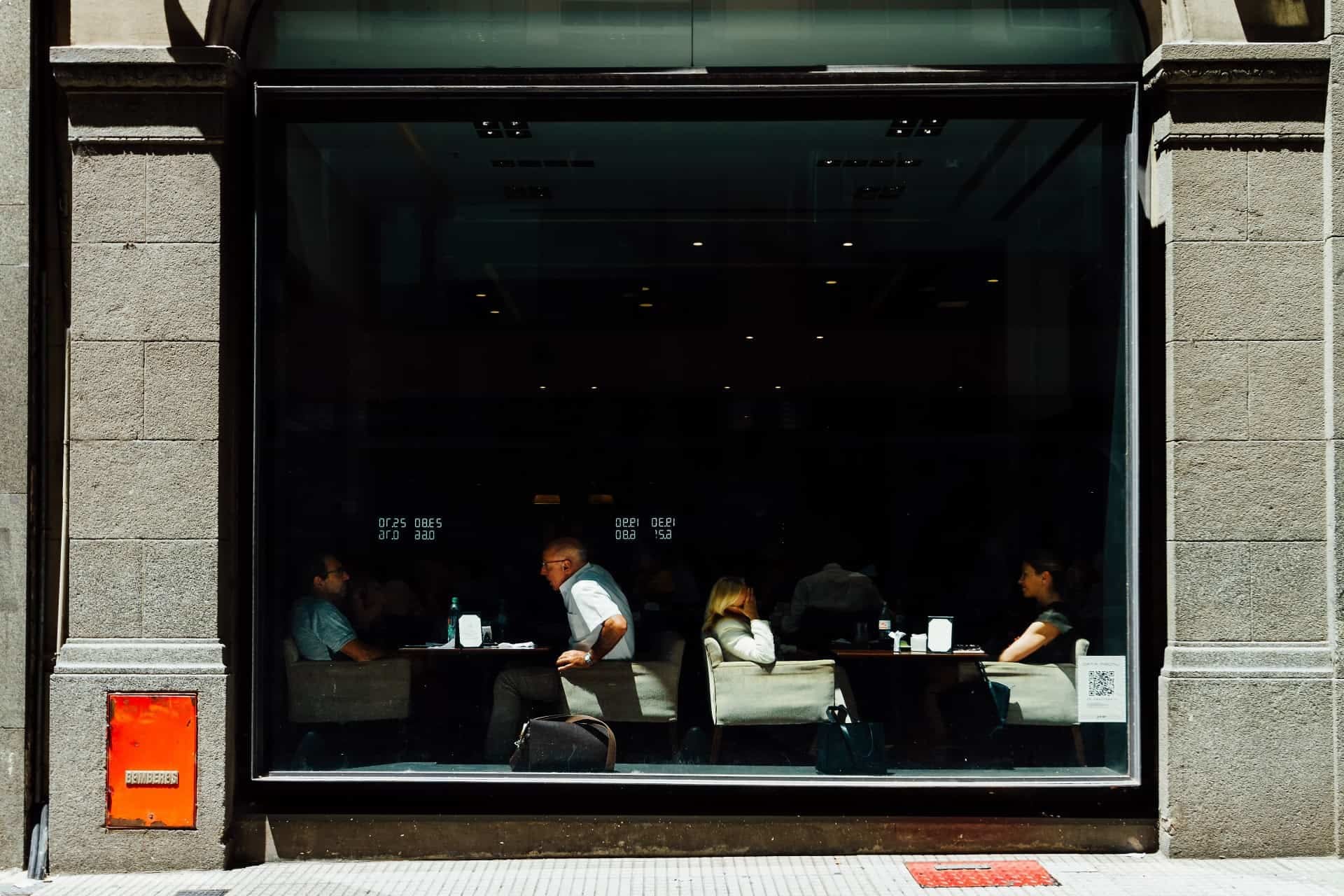
Italian coffee culture has become a global phenomenon, infiltrating the processes and customs, and even terminology of coffee consumption across the world. But even before this global spread, Argentina’s strong Italian immigrant community ensured its representation. They have, of course, added a few Argentine twists!
Argentina’s national beverage is mate (pronounced mah-tay) – a traditional, South American caffeinated drink made by steeping the dried leaves of yerba mate. It is customary to prepare mate in a single gourd, and to share this among family and friends using a straw, or bomba. Despite this strong and deeply ingrained tradition however, there is also a place for coffee in Argentina. The average café serves robusta beans, which are less popular than the arabica style, but good quality coffee can be found throughout major cities, as well as in the chains (Starbucks included) that are spreading throughout the country.
Although coffee in Argentina is European-style, some people describe key differences in flavour that make it truly unique. It’s said the coffee is often ground finer and roasted lightly, compared with the dark roasted beans in Italy. Some brands even add sugar to the ground coffee, and as the hot water hits it, this sugar melts, producing a smooth and complex flavour. Coffee in Argentina is often served with the pleasant surprise of a couple of cookies and a glass of seltzer.
How to order coffee in Argentina
Café: the basic order will see you served with a shot of espresso in a small cup. If you wish to be more specific, say un café chico and symbol ‘small’ using your thumb and forefinger. This signal will be nationally recognised.
Café en jarrito: this is a double espresso, served in a slightly larger cup, but still not a regular full-sized one. Nonetheless, this will keep you going for a while!
Cortado: bucking the espresso trend predominant in Italy and France, the cortado is Argentina’s most popular coffee style. This is an espresso ‘cut’ with a drop of milk – the equivalent of a caffe macchiato. It can be accompanied by the hand symbol for “chop chop”, using your fore and middle fingers.
Café con crema: served with a dollop of cream instead of milk. Perfect for dessert, though it may attract a higher price.
Lagrima: the inverse of a cortado, in which warm milk is cut with a drop of coffee (like the latte macchiato in Italy)
Americano: this near-universal order will almost always result in a watered down espresso
Café con leche: half coffee and half milk, and it is also possible to request a little more milk by saying ‘mas leche que café‘.
Cappuccino: a nod to the Italian classic but with some Argentine flair. This will usually be served in a tall glass rather than a mug, so that the layers of coffee, milk and froth are clearly visible. It is topped with a sprinkle of chocolate or cinnamon. You may be happy to learn it is acceptable to order this in the afternoon and evening!
Submarino: the most flamboyant of Argentina’s variations: the cappuccino is graced with a piece of chocolate that slowly melts into the milk
6) Japan
A pour-over coffee in Japan
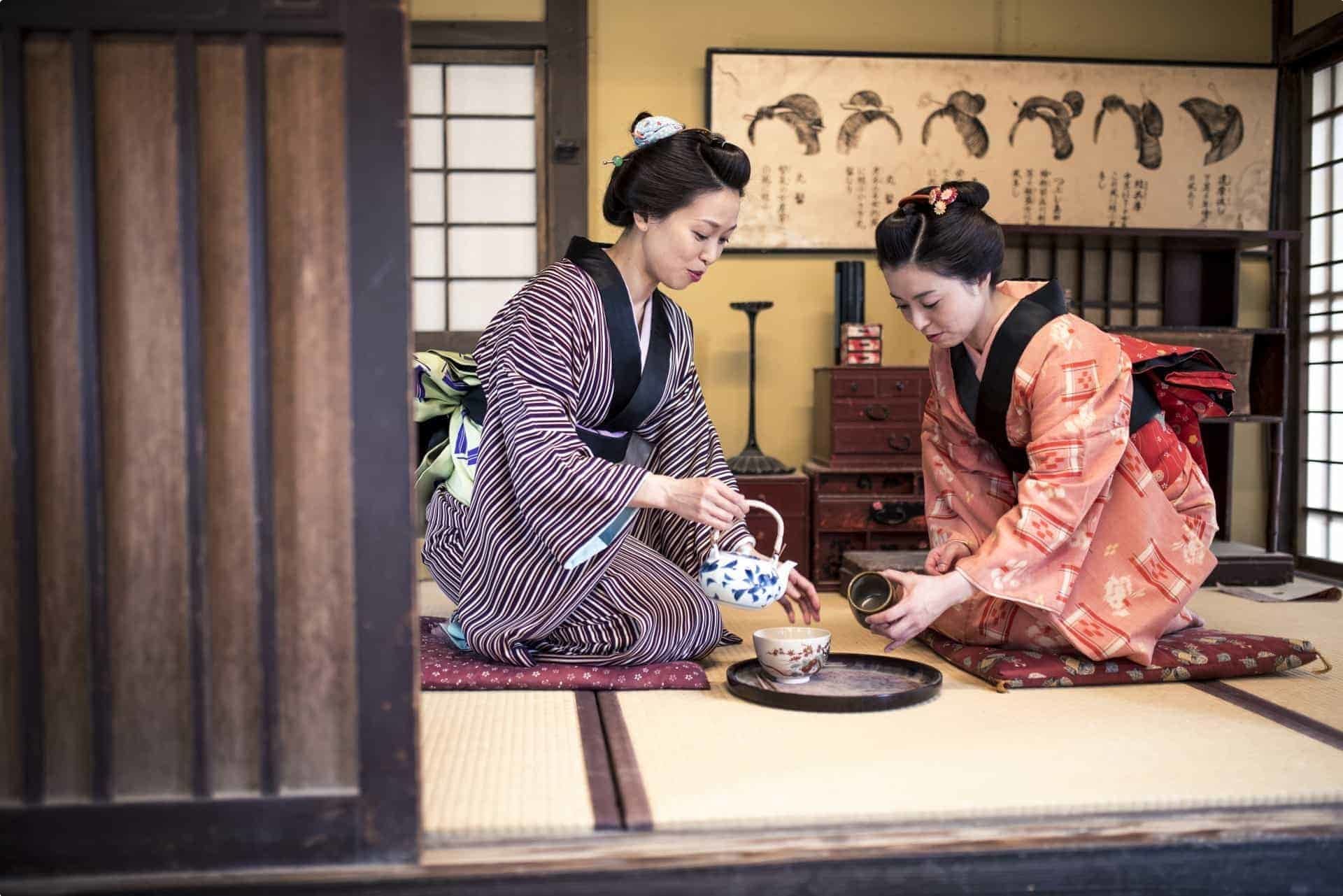
Japan is among the world’s largest coffee importers. This may surprise some readers who assume that green tea dominates the country’s beverage market. But as Laura Brehaut details, Japan has influenced a modern movement in coffee making and this is reflected in the incredible quality of coffee available in Japan today. Here, clarity wins over body, and tradition reigns supreme. Indeed, Brehaut calls it ‘one of the world’s most exciting coffee cultures’.
Japanese chefs are renowned for the skill and care they exhibit for their craft. The same can be said for makers of coffee, from the selection of beans, the roasting and grinding, to the technique of the maker. Professor of anthropology Merry White notes that coffee culture has been booming in Japan since the late nineteenth century. It evolved from being used as a medicine in the late 16th century to a ‘drink for pleasure’, when, 70 years later (during the Edo period), Dutch men began gifting it to prostitutes in Nagasaki. Come 1907, the world’s first coffee chain was established in Tokyo and Osaka (this was the Paulista group, which is still in operation).
Although Starbucks has a presence in Japan (as everywhere in the world, it seems), Japanese people on the whole favour independent coffee shops and are prepared to pay for it. In fact, you can pay up to $20 for a cup of coffee in Japan, or at the other extreme, find it canned – hot or cold – in vending machines.
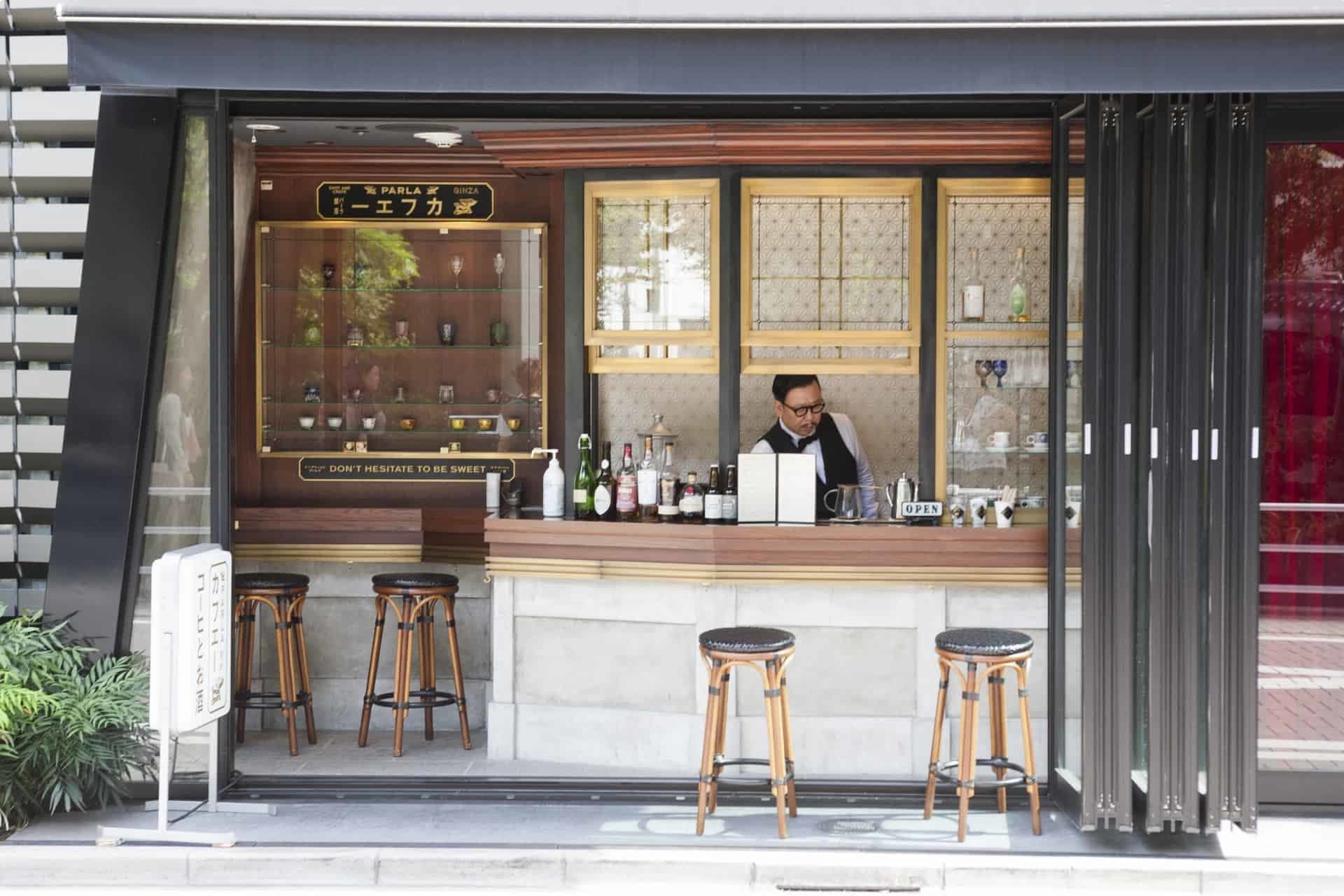
A quick guide to coffee in Japan
- The Italian style espresso is a recent arrival and is slowly making an impact
- The reigning style of coffee, though, is pour-over. While espresso uses pressure to force hot water through tightly packed, fine-ground coffee, the pour over method is more delicate. Hot water is poured over a bed of coffee beans, and produces an entirely different flavour profile
- Espresso coffee is usually bold and strong, with nutty, caramel or chocolate notes. The pour over method is preferred by some coffee connoisseurs because it enables you to produce smaller batches and experiment with temperatures and extraction times. This method can bring out subtle differences in acidity, as well as the fruity and floral flavours of the coffee plant.
- There can also be differences in preparation: Oliver Strand describes a coffee shop in Tokyo where beans are ‘preinfused with a little bit of water that let the coffee bloom and release carbon dioxide’ prior to the brewing process.
- Pour over coffee is the star at Japanese kissaten (pronounced key-sa-ten). These institutions can be identified by retro, 1950s/60s styling and a relaxed, nostalgic atmosphere. At kissaten, craft is paramount, with most coffees individually hand dripped. They are the perfect environment in which to enjoy a sip of Japanese history.
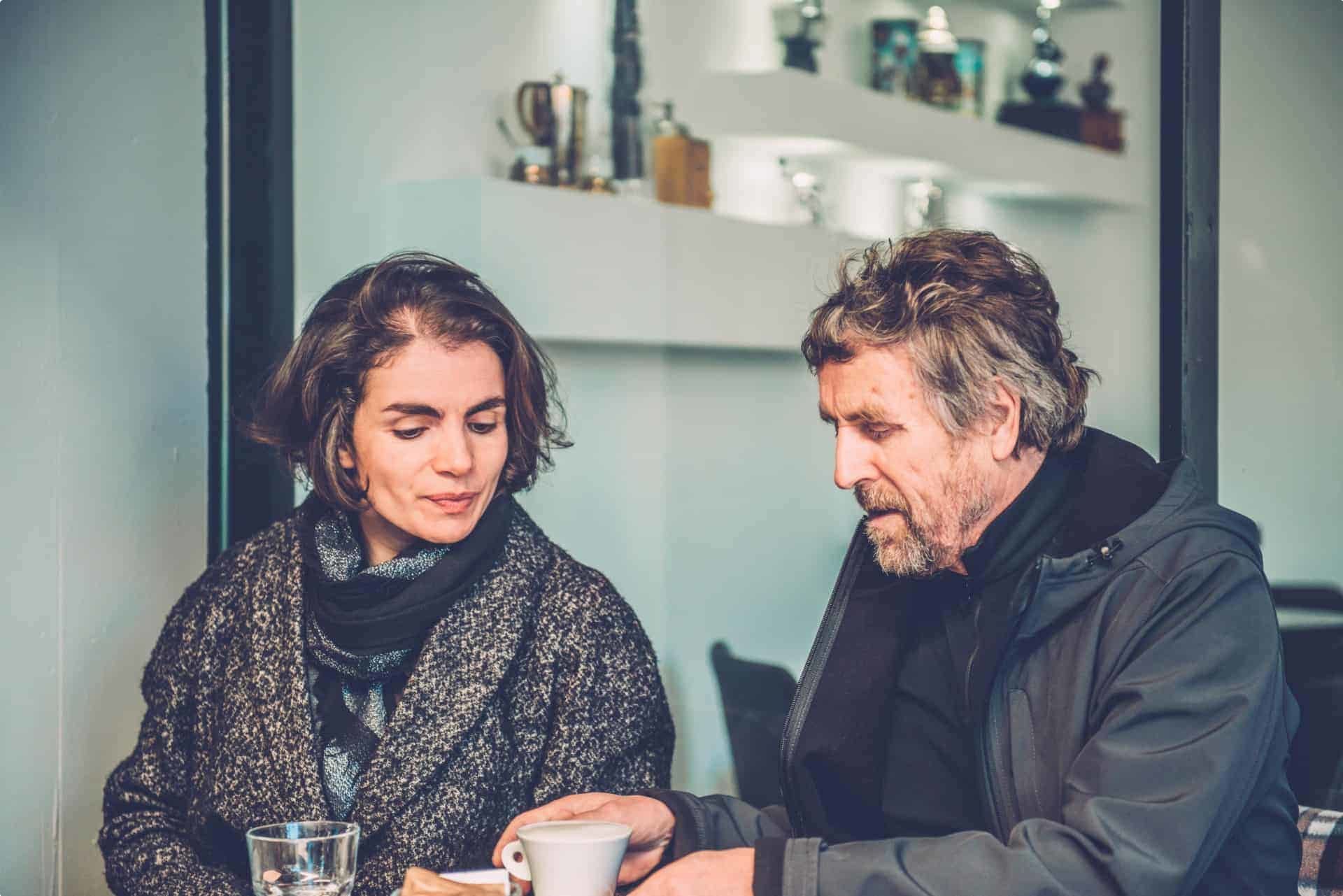
A brief history of coffee
The Galla tribe in Ethopia were the first to notice the desirable powers of the coffee bean. Pre-1000AD, it is believed they consumed ground coffee beans mixed with animal fat. This discovery is attributed to a goat herder, who noticed his goats were ‘friskier’ after consuming the beans. In 1000AD, Arab traders brought these beans to their homeland in Yemen and cultivated them on plantations. They boiled them to produce a drink they called qahwa, which translates to ‘that which prevents sleep’. Ottoman Turks introduced coffee to Constantinople and the world’s first known coffee shop, Kiva Han, was opened. It is believed clusters of coffee houses appeared in Cairo and Syria too.
Coffee was introduced to the West by Italian traders – a fact they wear with great pride. Italy’s first coffee house was opened in 1645. Captain John Smith is believed to have introduced coffee to North America around 1607. A coffee house in England was established in 1651. They soon multiplied and were dubbed ‘penny universities’ because they became popular meeting places for discussion. (“Penny” for the then-cost of a cup of coffee).

Stolen origins
In 1690, the Dutch smuggled a coffee plant out of the Arab port of Mocha, and became the first to cultivate it commercially in Ceylon and their East Indian colony, Java. In 1713, the Dutch provided Louis XIV of France with a coffee bush. In 1923, a French naval officer named Gabriel Mathieu de Clieu stole a seedling and transported it to Martinique for cultivation. Within 50 years, 19 million coffee trees bloomed. It is believed that 90% of the world’s coffee proliferated from this stolen seedling!
In 1841, Elizabeth Dakin, who was married toa tea and coffee merchant, had the idea of putting a perforated cylinder into a coffee pot, inventing the first coffee plunger. Coffee arrived in Australia in 1896. In 1900, Hills Bros. began packaging coffee in vacuum tins, and this marked the end of local roasting shops and coffee mills. The year after, a Japanese-American chemist named Satori Kato developed the first ‘instant’ soluble coffee, a product refined in 1906 by English chemist George Constant Washington. Washington called his mass-produced product Red E Coffee. Also around this time, scientists learned how to extract caffeine from coffee without affecting its flavour.
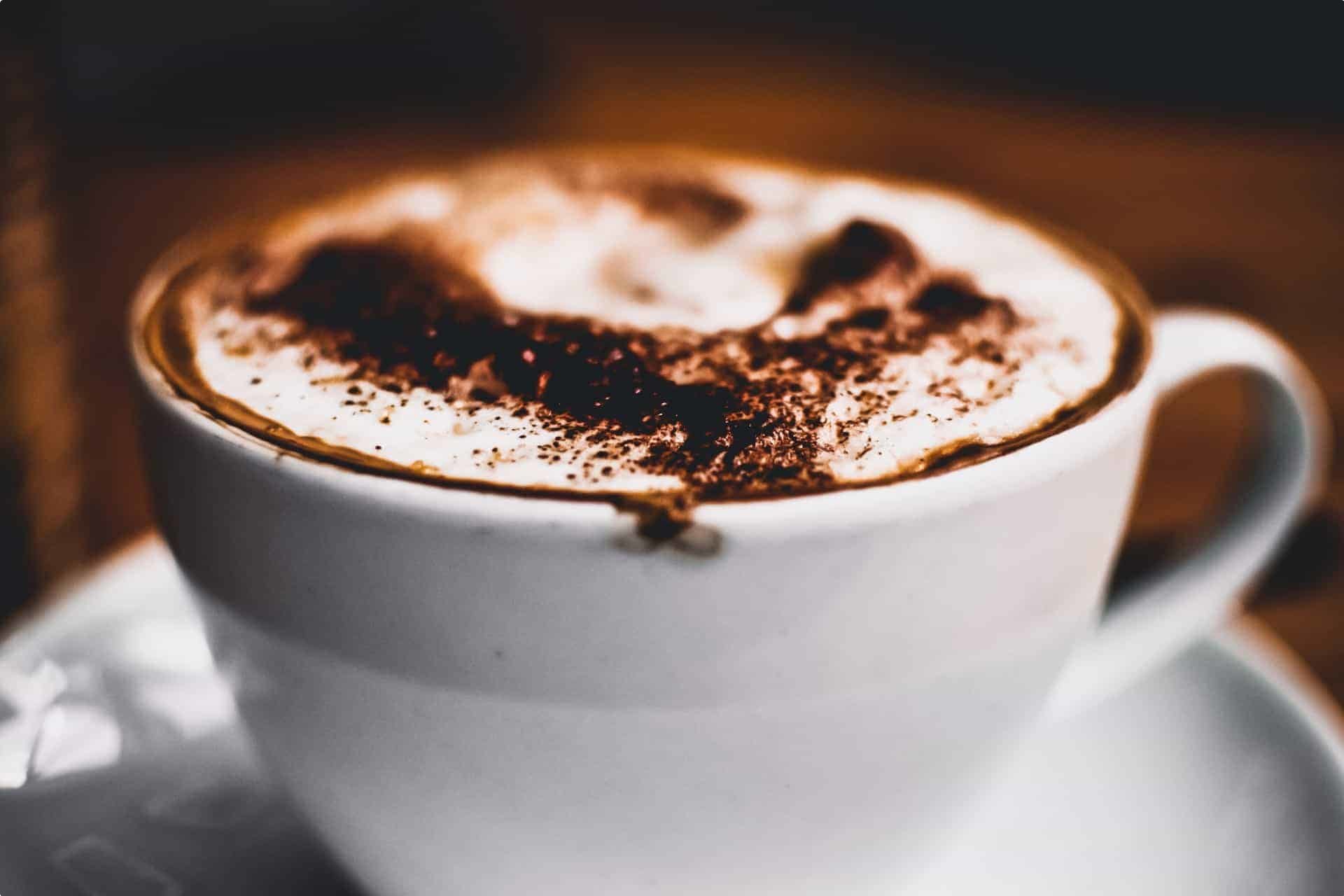
Italy versus the United States
In 1901, Italian Luigi Bezerra came up with the idea of forcing pressurised water through coffee powder. The first espresso machine was installed in 1927 in the United States, at Regio’s New York. But the boiling water used produced a burnt taste – a problem solved by M Cremonesi in 1938. Cremonesi developed a piston pump that forced hot, rather than boiling water, through the grounds. And in 1946, in Gaggia Coffee Bar in Italy, the espresso was perfected by Achilles Gaggia. His extraction produced a layer of crema on the coffee and the espresso as know it today was born. This marked the birth of Italian coffee culture, argues University of Hertfordshire academic Jonathan Morris, because for the first time, coffee produced outside of the home was vastly different from that produced within it. This culture flourished as more and more coffee houses were opened. And the rest is history.
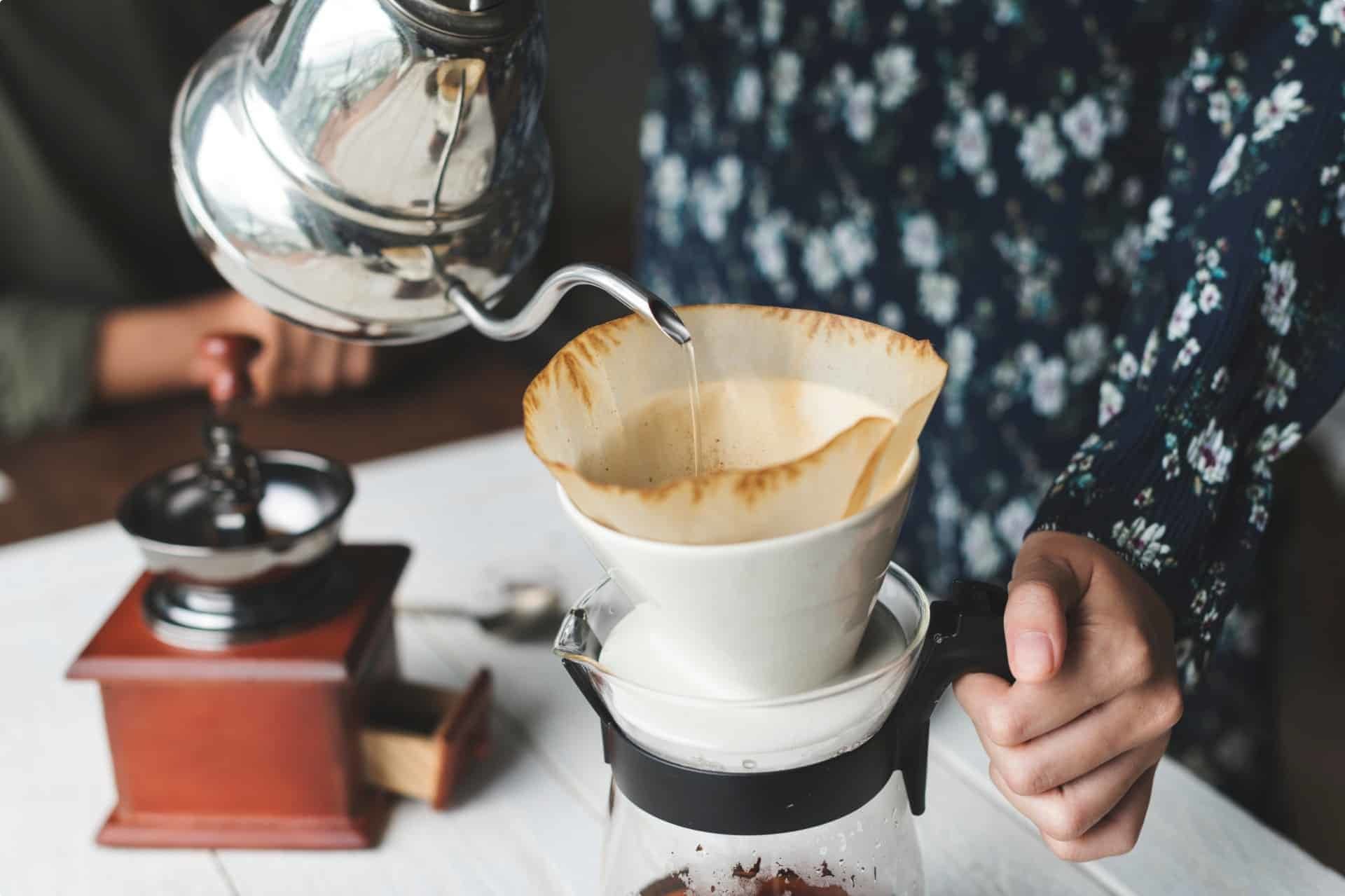
Coffee as global history
Although Italy would like to claim the origins of coffee all to themselves, it has always been a global phenomenon and its history sheds light on fascinating trade routes and exchanges among nations and key historic figures. Cosimo Bizzarri tells of a transatlantic back-and-forth between Italy and America. The standing bar, for instance, is thought to have been an American phenomenon. Starbucks first opened in Seattle in 1971. Executive chairman Howard Schultz has said that his vision for the chain was inspired by the Milanese coffee bars he visited more than three decades ago. Morris argues the various influences between the nations have always been somewhat reciprocal.
In 2019, Starbucks celebrated one year after opening its first Italian outpost in the centre of Milan, a fateful convolution of cultures. Starbucks is now planning to expand beyond Milan, opening shop in Assago and Turin.
As we reflect on the culture of coffee, it is important to remember the diverse ways in which it is consumed and shared, and the lesser-known moments of its ascendancy to one of the world’s favourite drinks. Coffee becomes a fascinating way in which to tell a story of global history.
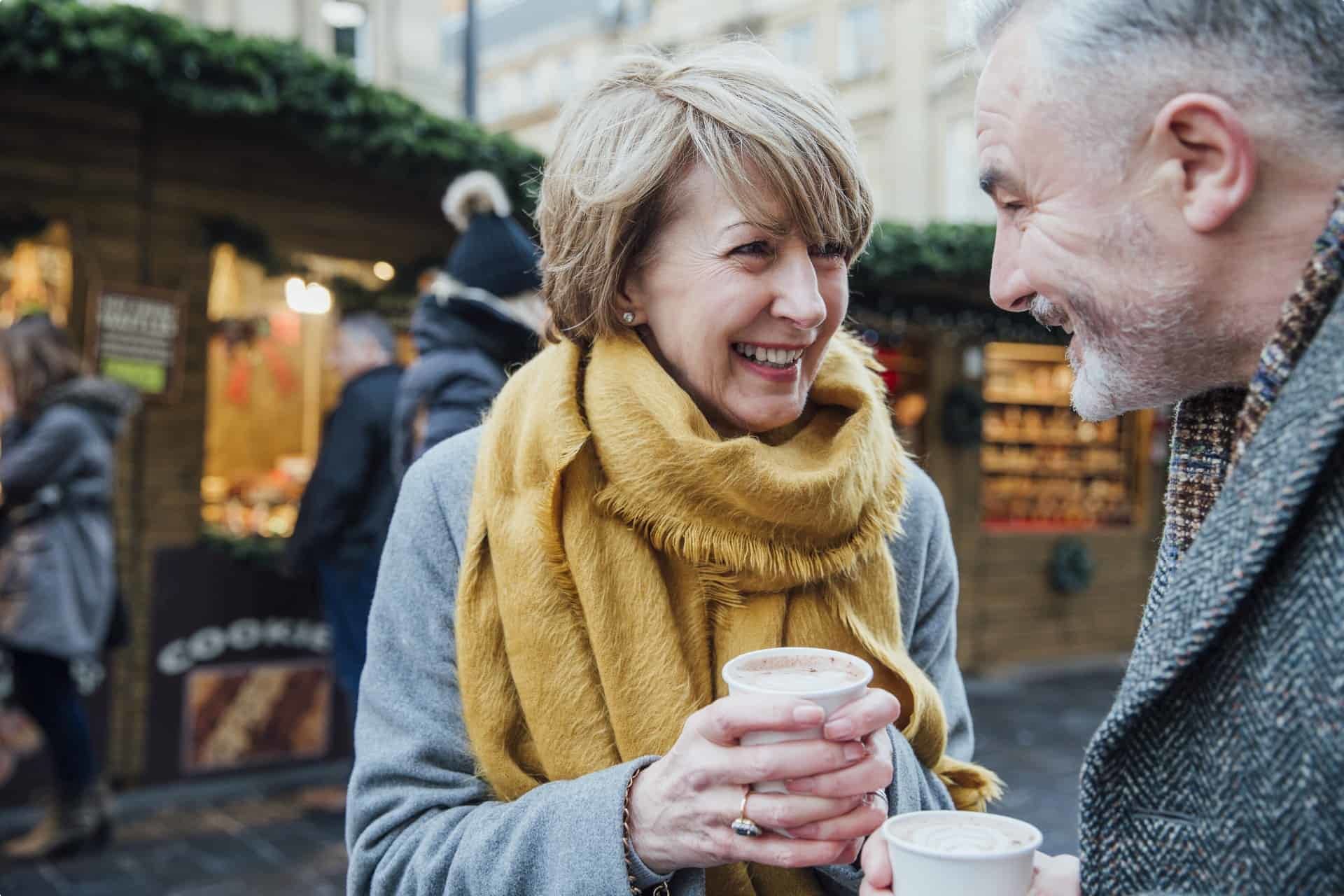
Updated on December 9, 2019
Related Tours

22 days
Mar, Sep, MayFlorence: Living in a Renaissance City
Visiting Italy
A small group tour with like minded people, couples or solo travellers, that is based in Florence. An authentic experience of living in this Renaissance city The daily itineraries draw on local guides to share their knowledge on this unique European tour. Trips to Vinci, Sienna and San Gimignano are included.
From A$14,375 AUD
View Tour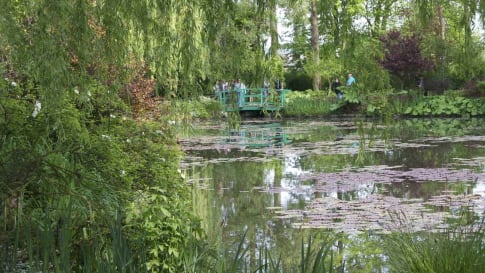
25 days
Aug, May, SepItaly and France, history of gardens small group escorted tour
Visiting France, Italy
Odyssey's small group tour explores some of the classic gardens of Italy and France that reflect changing fashions and garden designs throughout the ages. This fully escorted tour features an Odyssey Program Leader and a handful of local guides who will examine, discuss, compare and contrast the cultural and temporal similarities and diversities between the gardens of Italy and France and the historical influences on their design.
From A$17,595 AUD
View Tour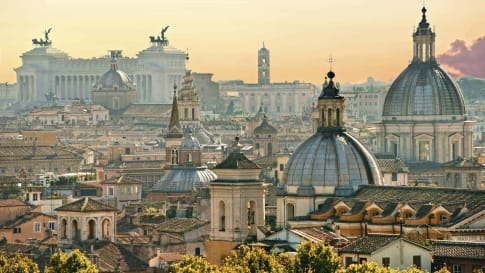
15 days
DecDiscover Rome | Cultural and History Small Group Tour for Seniors
Visiting Italy
Rome is arguably the most fascinating city in Italy, the capital city, once the centre of a vast, ancient empire and still today a cultural focus within Europe. Explore the city in-depth as part of a small group program spending 15 days exploring, just Rome and Roman History.
From A$9,235 AUD
View Tour